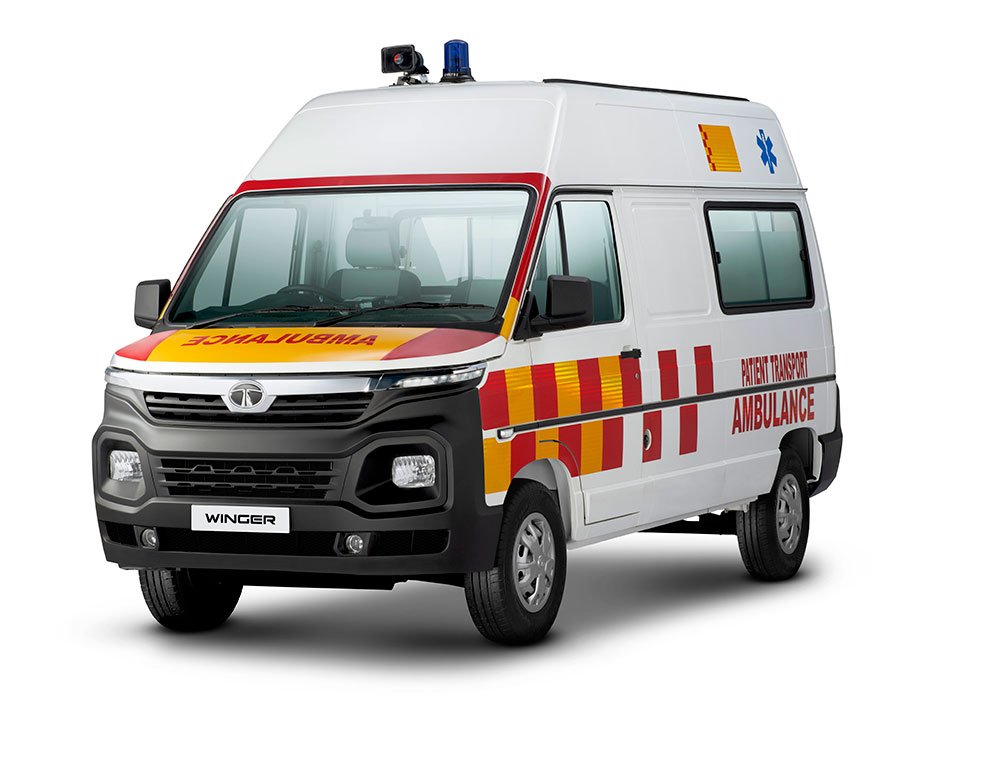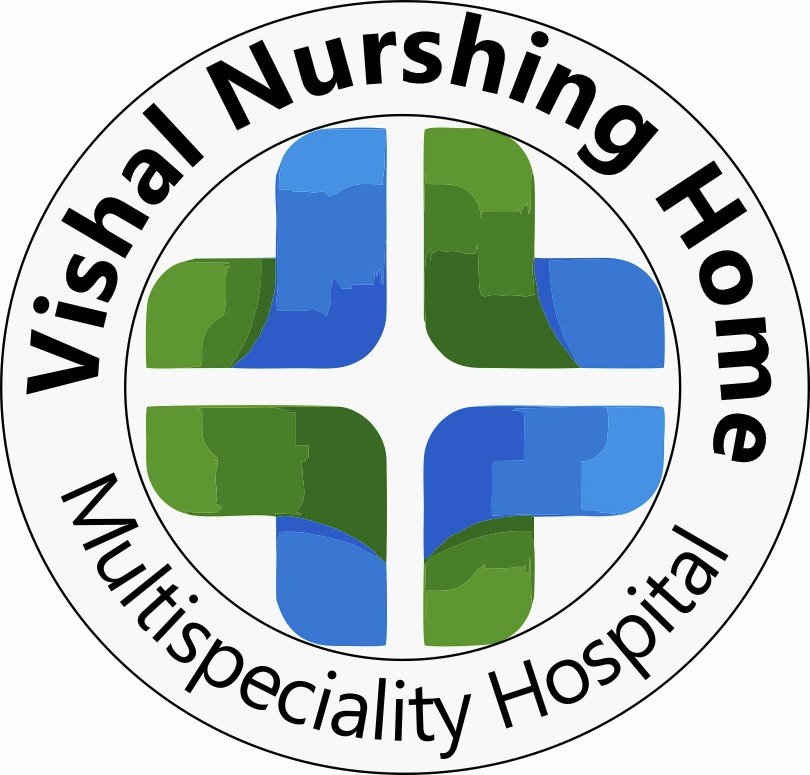A 24-hour ambulance service refers to an emergency medical service (EMS) that operates around the clock, 24 hours a day, 7 days a week, providing rapid medical care and transportation for individuals in need of urgent medical attention. These services are equipped to handle a wide range of medical emergencies and transport patients to hospitals or medical facilities as quickly and safely as possible.

Key Features of a 24-Hour Ambulance Service
1. Emergency Response
- Immediate Care: 24-hour ambulance services provide immediate medical care, whether it is in response to accidents, heart attacks, strokes, or other medical emergencies.
- On-Scene Care: Ambulances are staffed with paramedics or emergency medical technicians (EMTs) who provide life-saving interventions on the scene, such as CPR, wound care, pain management, and oxygen administration.
2. Types of Ambulances
Ambulances come in different types, each equipped for specific types of medical emergencies:
- Basic Life Support (BLS): These ambulances are equipped with basic medical equipment such as oxygen, bandages, and basic monitoring devices. They are staffed by EMTs or paramedics trained in essential first aid and CPR.
- Advanced Life Support (ALS): These ambulances are equipped with more advanced medical equipment, such as cardiac monitors, defibrillators, and drugs. They are staffed with advanced paramedics capable of providing a higher level of medical care, such as intubation and medication administration.
- Critical Care Transport (CCT): These ambulances are equipped with intensive care unit (ICU)-level equipment and staffed by critical care nurses or physicians. They are used to transport critically ill patients, often requiring constant medical monitoring and support.
3. Emergency Medical Teams
- Emergency Medical Technicians (EMTs): EMTs are trained in basic life-saving procedures, such as administering oxygen, controlling bleeding, and performing CPR. They are often the first responders to medical emergencies.
- Paramedics: Paramedics are highly trained and have advanced skills in diagnosing and treating medical emergencies, such as administering drugs, performing advanced airway management, and using defibrillators.
- Critical Care Nurses/Doctors: In some advanced ambulance services, particularly critical care transport, there may be specialized medical personnel, such as nurses or doctors, to provide ongoing care during transportation.
4. 24/7 Availability
- These ambulance services operate 24 hours a day, 7 days a week, ensuring that emergency medical help is available at any time—whether it’s during the day or late at night.
- This around-the-clock availability ensures that no matter when an emergency occurs, professional medical care and transportation are just a phone call away.
5. Communication and Coordination
- Emergency Dispatch: 24-hour ambulance services are supported by emergency dispatch systems that ensure quick response times. When a call is made to the ambulance service, the dispatch team coordinates the nearest available ambulance to the location of the emergency.
- GPS and Tracking: Many modern ambulances are equipped with GPS and tracking systems that allow the dispatch team to monitor the vehicle’s location, ensuring the quickest possible response and optimal route for transportation.
- Coordination with Hospitals: Ambulance services also maintain close communication with local hospitals and emergency departments to provide important patient information before arrival, such as medical history, vital signs, and the nature of the emergency.
6. Transport to Medical Facilities
- Hospital Transportation: The primary function of an ambulance is to transport patients to medical facilities, typically hospitals, for further treatment. In critical situations, this could be to a trauma center, cardiac care unit, or neonatal intensive care unit (NICU), depending on the patient’s condition.
- Inter-Hospital Transfers: Ambulances can also be used to transfer patients between hospitals for specialized care or when certain medical services are unavailable at the initial hospital.
Common Types of Emergencies Handled by 24-Hour Ambulance Services
- Trauma: Injuries from accidents (e.g., car crashes, falls, or industrial accidents).
- Cardiac Emergencies: Heart attacks, chest pain, arrhythmias, or cardiac arrest.
- Stroke: Sudden onset of neurological symptoms, such as slurred speech, weakness, or paralysis.
- Respiratory Emergencies: Asthma attacks, choking, severe shortness of breath, or pneumonia.
- Severe Allergic Reactions: Anaphylaxis, often due to insect stings, food allergies, or medication reactions.
- Sepsis: Life-threatening infections that lead to organ dysfunction.
- Diabetic Emergencies: Severe high or low blood sugar (hyperglycemia or hypoglycemia).
- Obstetric Emergencies: Childbirth-related emergencies, such as complications during labor.
- Psychiatric Emergencies: Situations involving severe psychiatric disorders like suicide attempts or violent behavior due to mental health crises.
Benefits of 24-Hour Ambulance Services
- Rapid Response: The 24-hour availability ensures that patients receive timely emergency care and transportation, which can be crucial in life-threatening situations.
- Expert Care: The presence of trained medical professionals on the ambulance allows patients to receive immediate medical treatment, stabilizing them before reaching the hospital.
- Accessible to All: Whether it’s a home emergency, a public place, or a remote location, 24-hour ambulance services are designed to be accessible to everyone in need.
- Pre-Hospital Care: Paramedics and EMTs provide initial medical treatment, such as CPR, oxygen therapy, pain management, and wound care, which can be life-saving while the patient is being transported to the hospital.
- Efficient Transport: Ambulances are equipped with the necessary medical equipment to support patients during transport, reducing the risk of complications.
How to Access 24-Hour Ambulance Services
- Emergency Numbers: In many countries, 24-hour ambulance services can be accessed by dialing an emergency number, such as 911 in the United States, 112 in Europe, or 999 in the UK.
- Private Ambulance Services: In addition to government or public ambulance services, private ambulance companies may offer 24-hour services, sometimes with specialized options for non-emergency medical transport, long-distance transfers, or luxury medical transport.
